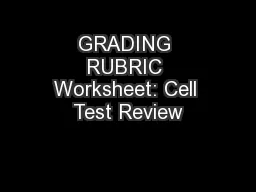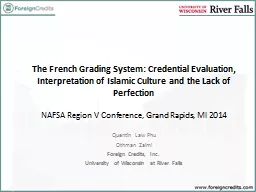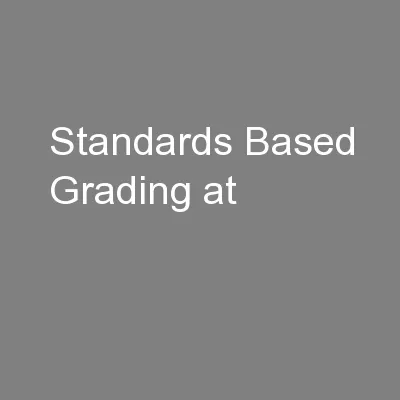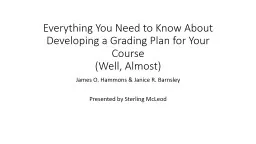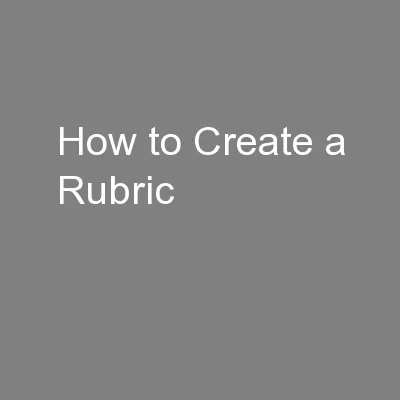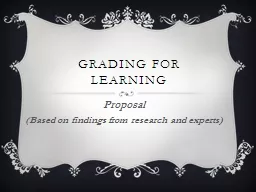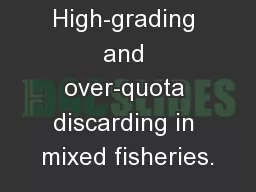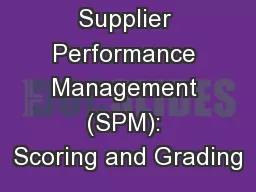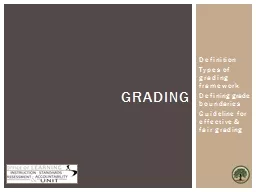PPT-GRADING RUBRIC Worksheet: Cell Test Review
Author : alida-meadow | Published Date : 2018-09-19
HONORS BIOLOGY 1 What cell organellesstructures are involved with protein production packaging transporting and excretion from the cell Nucleus rough endoplasmic
Presentation Embed Code
Download Presentation
Download Presentation The PPT/PDF document "GRADING RUBRIC Worksheet: Cell Test Revi..." is the property of its rightful owner. Permission is granted to download and print the materials on this website for personal, non-commercial use only, and to display it on your personal computer provided you do not modify the materials and that you retain all copyright notices contained in the materials. By downloading content from our website, you accept the terms of this agreement.
GRADING RUBRIC Worksheet: Cell Test Review: Transcript
Download Rules Of Document
"GRADING RUBRIC Worksheet: Cell Test Review"The content belongs to its owner. You may download and print it for personal use, without modification, and keep all copyright notices. By downloading, you agree to these terms.
Related Documents

